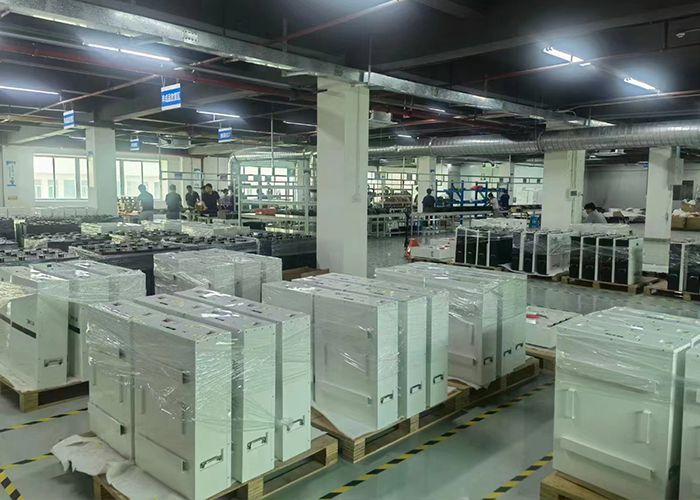Many advantages of rechargeable wall-mounted LiFePO4 batteries have been cited in the literature. These include higher energy density, longer lifetime and smaller footprint. However, these batteries are not without their own shortcomings. Here are some of them:
High Energy Density
High energy density is an important attribute of rechargeable lithium-ion batteries. The term refers to the amount of energy a battery can store per unit weight. It is similar to power density, but is a more precise measure of battery performance. This measurement is usually expressed in watt-hours/kg. The higher the energy density of the battery, the smaller the battery size required.
Lithium-ion batteries have come a long way in recent years with advances in chemistry. Engineers can now manipulate electrochemistry by using different cathode and anode materials. For example, lithium cobalt oxide batteries have the highest energy density of all lithium-ion batteries and are popular in compact devices.
Longer Service Life
Lithium-ion batteries are generally rechargeable and have a long service life. However, the lifespan of a rechargeable wall-mounted lithium-ion battery pack depends on a variety of factors. Discharge and charge rates, loading protocols, temperature, and other factors all affect battery life. Moreover, these factors also affect the capacity of lithium-ion batteries.
In general, a should last 350 charge/discharge cycles. While this is a good estimate, it’s not an exact science. As battery performance degrades over time, other factors such as high temperatures and overuse can shorten lifespan. Manufacturers usually specify that the battery should be replaced after 300 or 500 cycles, but this is not always the case. In some cases, using the manufacturer-supplied charging charger can extend the life of the battery pack.
LiFePO4
battery pack
Smaller Footprint
Rechargeable wall-mounted lithium-ion batteries offer several advantages, including a smaller footprint and longer life. These batteries are made of lithium, which is light enough to power up easily. The lithium ions in these batteries help them absorb energy and then release it. Compared to other batteries, they have a high energy density and can store large amounts of energy. They’re also better for long-term storage, as they last longer than any other type of charge.
Another benefit of rechargeable wall-mounted lithium-ion batteries is that they are less expensive than other types of batteries. The cost per kilowatt-hour of lithium-ion batteries has fallen by 87 percent since 2010. Also, these batteries are easier to install. This is especially useful if you have very little space in your home.
No Active Maintenance
The life cycle of a battery can be predicted by calculating charge and discharge cycles, but this method is not conclusive. Self-discharge rates may vary based on usage and temperature conditions, which are not taken into account by this method of date marking. However, most rechargeable battery packs will last longer than the date stamp indicates.
Low Cost
Lithium-ion batteries are one of the most important pillars of a fossil-free economy. They safely store energy for mobile and stationary use, ensuring an uninterrupted flow of energy. Governments need to support R&D and innovation to further reduce the cost of lithium-ion batteries. They must also promote closed-loop recycling to encourage continued development of this technology.
Charging a LiFePO4 battery is much simpler than using a lead-acid system. Lithium-ion batteries do not have a dedicated charger, and the circuit is relatively simple. Unlike lead-acid batteries, lithium-ion batteries do not need to be saturated. Instead, they can be charged to 3% to 5% of their maximum capacity without the need for an equalizing charger.
Post time: Sep-28-2022

